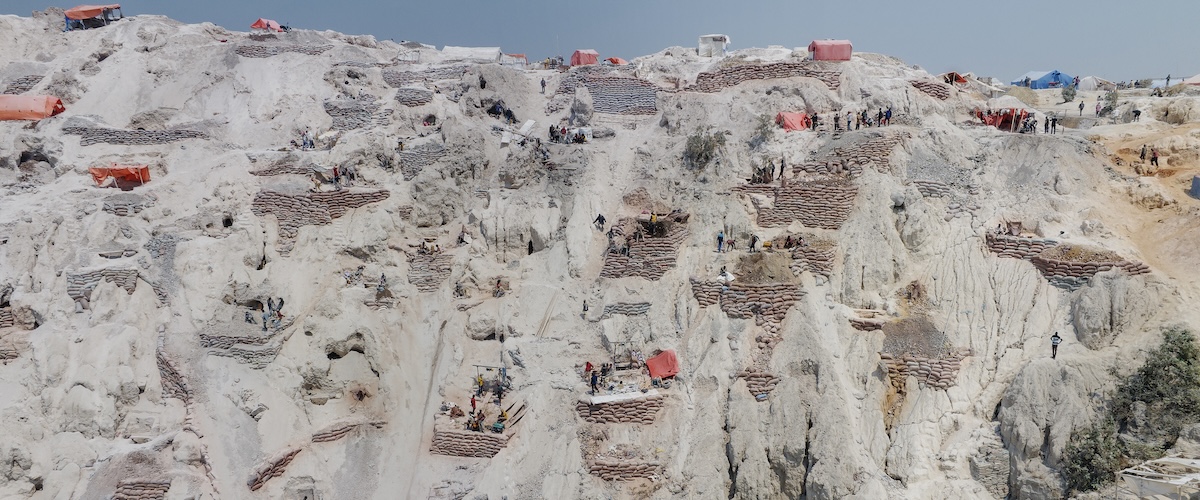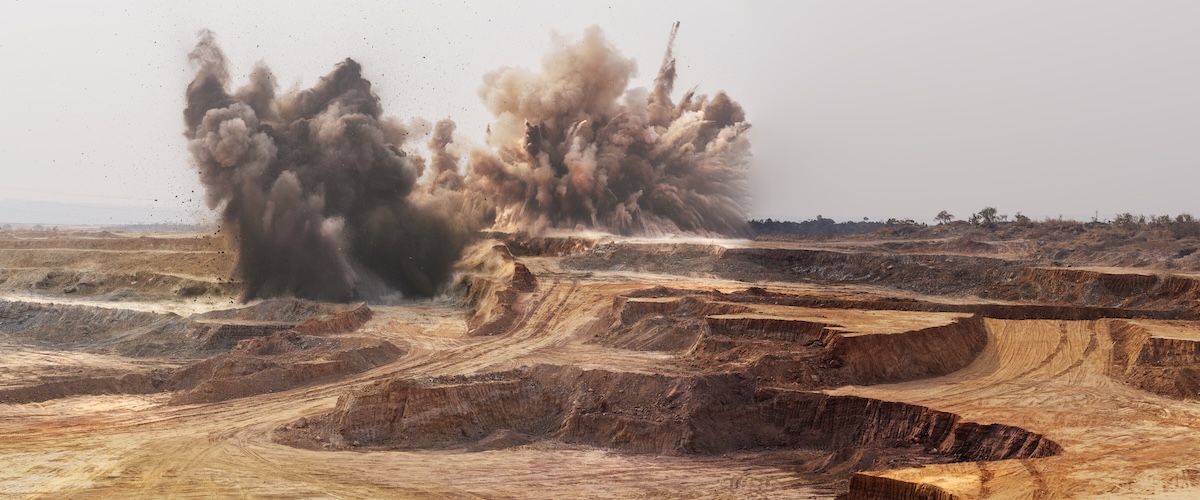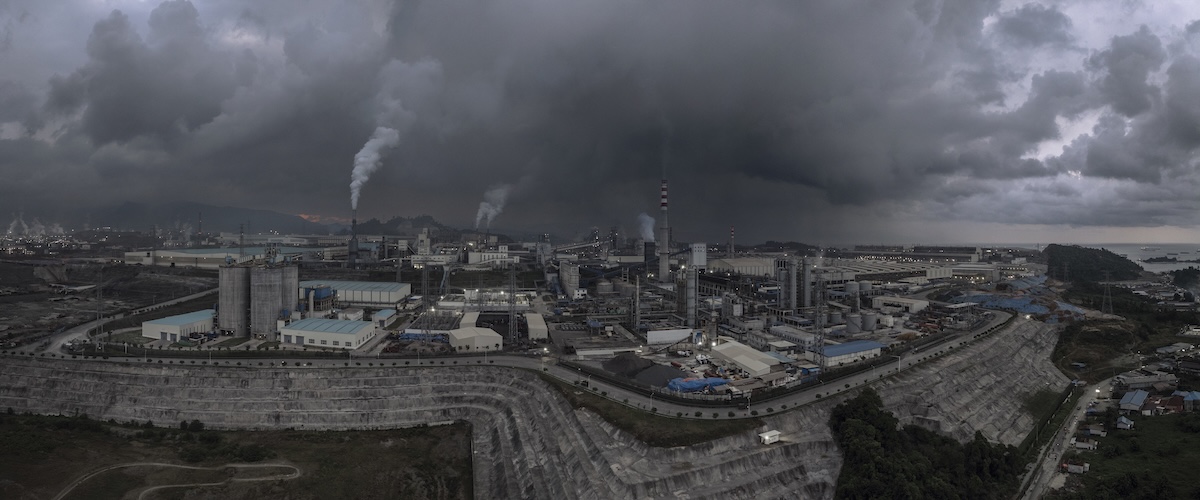Critical Minerals
Geography of Energy
© Davide MonteleoneThe demand for clean energy technologies has doubled the use of critical minerals since 2021, highlighting society's accelerating push towards sustainable energy solutions.
Our world is grappling with a shared challenge—the climate crisis—predominantly rooted in our energy consumption. Energy constitutes over two-thirds of global greenhouse gas emissions, demanding it is at the heart of any viable solution. As nations worldwide strive to redefine their relationship with energy production and consumption, the pressing questions arise: How fairly? How swiftly? Achieving a greener future necessitates abundant clean-energy technologies, ranging from solar panels and wind turbines to electric vehicles and large-scale batteries. This surge in demand, in turn, creates an urgent need for various minerals and metals, both familiar and lesser-known, which underpin these technologies.According to a recent report by the International Energy Agency (IEA), the demand for critical minerals such as Lithium, Cobalt, and Graphite—primarily concentrated in South America and Africa—is projected to increase by a staggering 40 times by 2040. As industrialised nations spearhead the race towards sustainability, they face the dual challenge of formulating clean energy policies while securing the necessary raw materials, often sourced from the Global South. Consequently, science, economy, politics, human rights, and environmental activism have begun to question the high costs associated with this energy transition.
Pursuing greener energy risks perpetuating past mistakes instead of heralding an equitable and sustainable future. The first industrial revolution, driven by the exploitation of mineral and natural resources—chiefly coal and oil—led to turbulent geopolitical shifts, complex social frictions, and an alarming environmental impact. Georgetown Journal of International Affairs warns that the growth of clean energy technologies may escalate the risk of violence in states with weak institutions, foster competition over global resource commons, and even lead to the weaponisation of minerals essential to these technologies during trade disputes. We must learn from history and ensure the energy transition is inclusive and sustainable, mitigating these potential pitfalls.
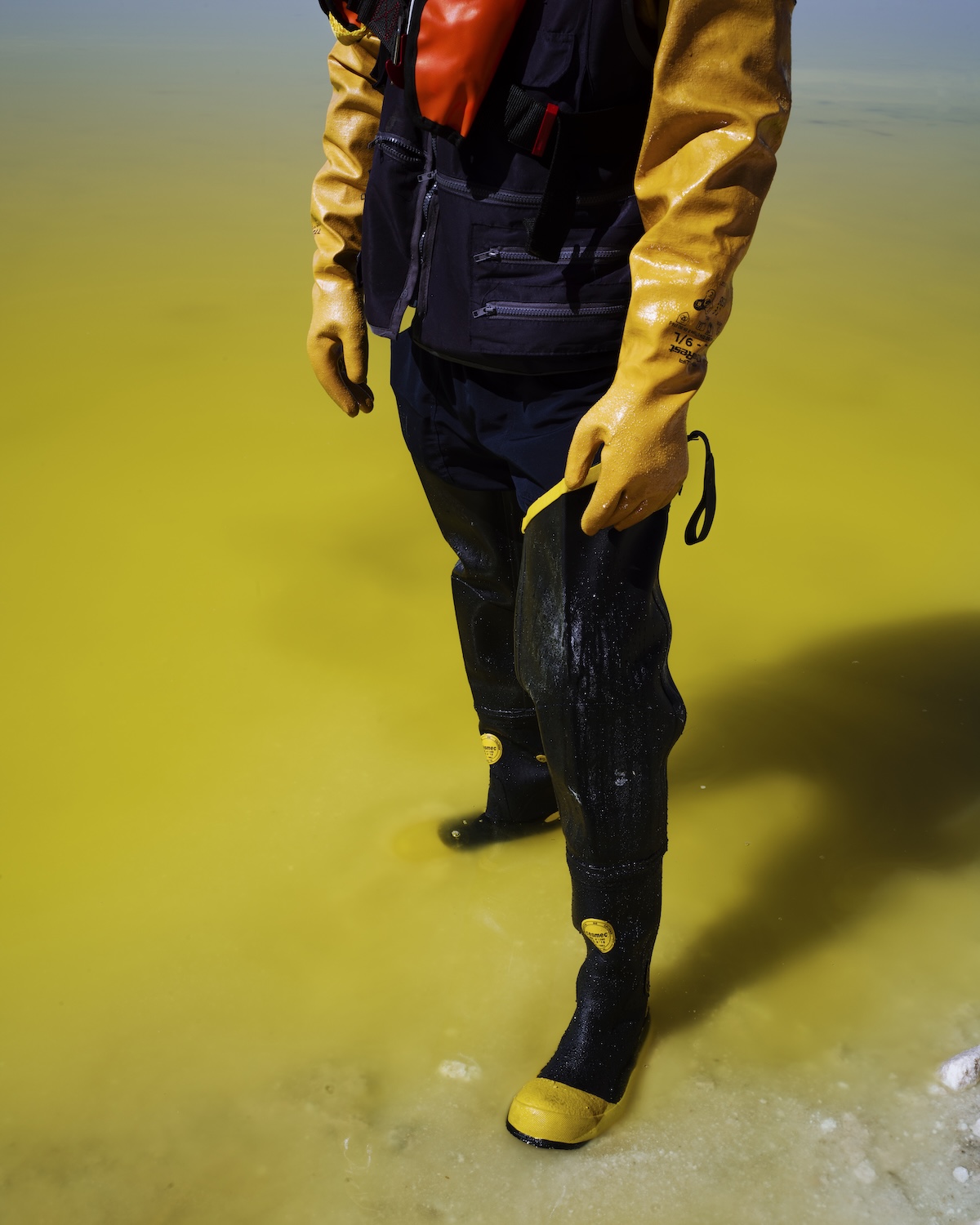
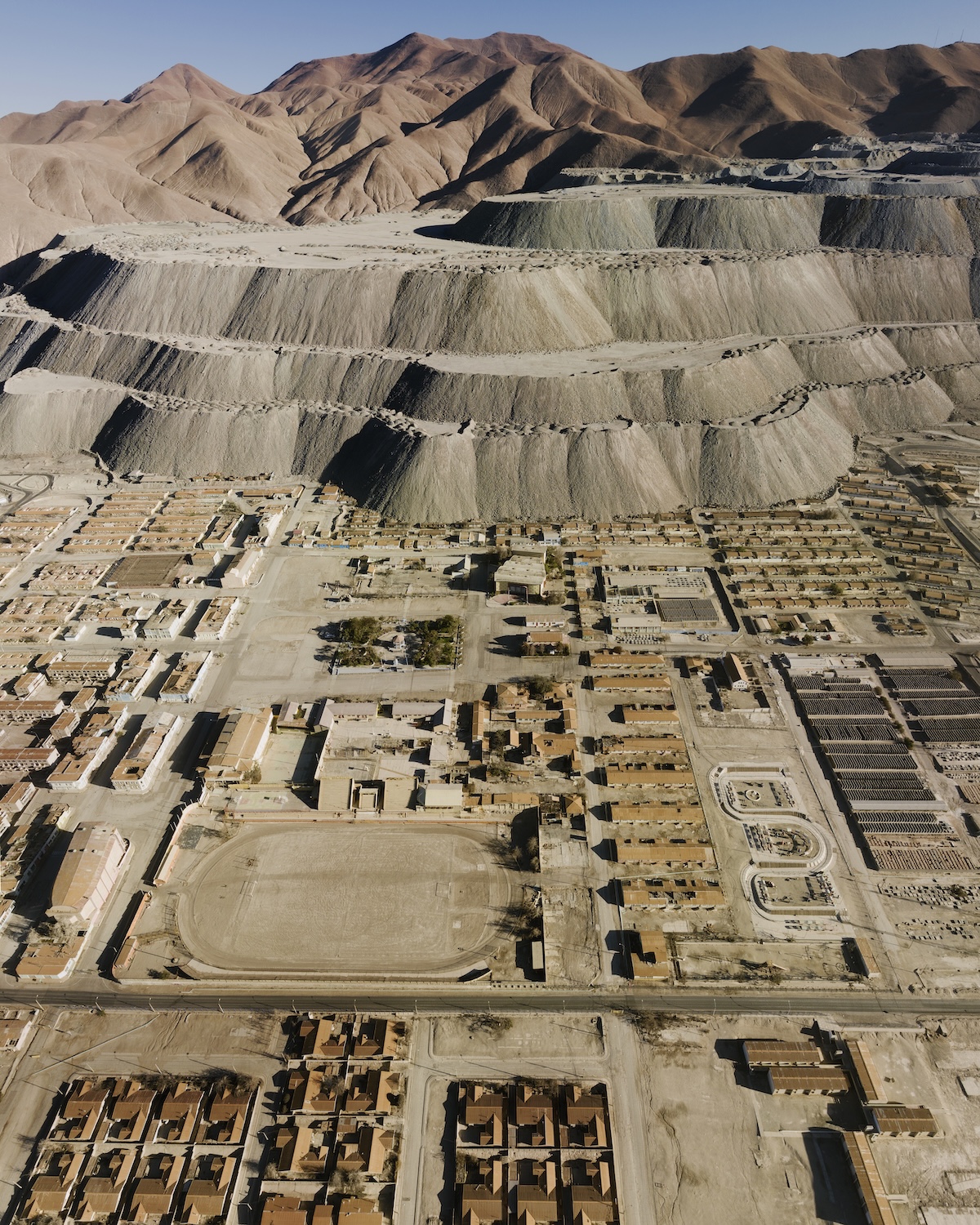

Critical Minerals – Geography of Energy" is a collaborative multi-chapter project encompassing still images, a documentary film, and an immersive art installation. This endeavor explores the profound transformation in the global energy landscape—the shift towards renewable energy sources. The project delves into the intricate geopolitical, social, and environmental implications of the exponential demand for minerals necessary to achieve renewable energy goals.





click to view the complete set of images in the archive
